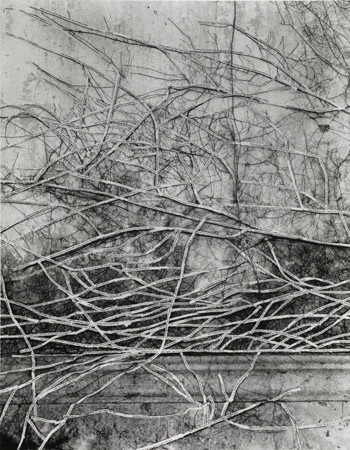 Intimate and shocking, puzzling and poignant images – the powerful artworks of a trio of contemporary female photographers is currently being presented as a combined exhibition. Narrative Interventions in Photography, at the J. Paul Getty Museum, Getty Center until March 11, 2012, groups three artists whose work explores the concept of narrative, the subjectivity of storytelling and the revision of history. Instead of recounting a straightforward story, artists Eileen Cowin, Carrie Mae Weems and Simryn Gill each use a combination of text and imagery to create works that play with the notion that narratives can be implied, real or rewritten.
Intimate and shocking, puzzling and poignant images – the powerful artworks of a trio of contemporary female photographers is currently being presented as a combined exhibition. Narrative Interventions in Photography, at the J. Paul Getty Museum, Getty Center until March 11, 2012, groups three artists whose work explores the concept of narrative, the subjectivity of storytelling and the revision of history. Instead of recounting a straightforward story, artists Eileen Cowin, Carrie Mae Weems and Simryn Gill each use a combination of text and imagery to create works that play with the notion that narratives can be implied, real or rewritten.
Narrative Interventions in Photography includes 34 objects primarily drawn from the Getty’s collection, including several recent gifts and acquisitions, along with a few select loans from local collections. Each artist expresses a new narrative by altering literary objects in their works, either by mutilating books, inserting words, or shredding printed pages.
Curator of the exhibition Anne Lyden, who is an associate curator in the Department of Photographs at the Getty Museum, introduced the collection, explaining that they often like to pair historical exhibitions with contemporary ones. The majority of these works entered into the Getty’s permanent collection between 2008—2010.
Lyden explained, “What’s interesting about this exhibition is that it is three distinct bodies of work that are linked together through this theme of ‘narrative,’ which features in our lives every single day. What we hope to achieve with this exhibition is to provoke some thought as to what that narrative might be and its meaning.”
Born in Singapore, raised in Malaysia and living in Australia, Simryn Gill (Singaporean, b.1959) questions the power and permanence of the written word. The exhibition includes 12 of the 16 photographs from Gill’s Forest series (1996-1998). The large gelatin silver prints document a lush tropical landscape in which printed pages, ripped and shredded, are re-inserted in natural settings. Pages of books and papers are shaped into leaves, tendrils, blossoms, and other organic structures and then attached to actual trees or plants in places near where she grew up. The literary materials are eclectic yet meaningful to the artist, ranging from novels and textbooks to cookbooks. Her work is a commentary about the impermanence of this narrative exercise. The artist may only be reclaiming a natural habitat for a short time, as the pieces of paper that once made up the bound volumes will ultimately disintegrate in the forest.
Simryn Gill’s work was completed mid-late 1990s. “She’s very much interested in one’s place in the world and exploring cultural influences that shape our lives and the narratives that feed into that.”
Here Gill has deconstructed the pages of books by hand into strips and then gone into lush tropical settings in Malaysia where she has affixed these strips to nature. By placing the fragmented text into a new situation, she creates a new narrative. They were then left to rot in situ or be destroyed by birds, insects or climate.
Eileen Cowin
In her series of photographs I See What You’re Saying, Eileen Cowin (American, b.1947) explores the concept of storytelling and the need to strip away layers of obfuscation to arrive at the truth. Cowin, who lives and works in Los Angeles, has long been interested in storytelling in the media, in literature, in television, and on film, and was inspired by a program on National Public Radio that explored “the moral and ethical complications of lying.” The exhibition includes five large-scale color works—four of which are diptychs—which closely examine the subjective aspects of telling tales. The inkjet prints are close-up details of eyes and mouths—symbols of seeing and speaking—juxtaposed with literary objects. One photograph of a woman pressing a fork against her tongue is paired with an image of a mutilated book, where the jagged edges of the torn pages recall the tines of the fork. Such pairings are suggestive of the power and potential deceit of both the printed and spoken word. Cowin’s entire series of photographs has an enigmatic, seductive quality, giving the viewer a sense that the truth is just outside of the frame.
Commenting on her own exhibition, Cowin explained, “I don’t really have a subject – I have an idea. And when you think of the idea of lying, how would you explore and visualize that? When you think about lying, you can’t really picture it. So this is my way of exploring storytelling, fact or fiction, and what’s underneath the story being told. I want the viewer to look at what’s underneath the surface of words, what’s the real meaning. When someone is eating a cupcake, it’s like a lie because you get seduced by the sweetness. Why do people tell you lies? They want to attract you, seduce you or convince you of something and also it gives them a kind of power.”
Carrie Mae Weems
Carrie Mae Weems’ (American, b.1953) series From Here I Saw What Happened and I Cried, consists of 33 prints based on portraits of African Americans from throughout the history of photography. Seventeen of the works in the series, many recently acquired by the Getty, will be on view. The images have been appropriated by Weems who enlarged them, saturated them in red or blue, and sandblasted her text onto the framed glass. Her etched words, which have a certain cadence and poetry as if they are meant to be spoken aloud, directly counter the story of racial injustice and give voice instead to a commitment for political and cultural change. The photographs were created in 1995–96 as Weems’ response to an exhibition at the Getty Villa called Hidden Witness, featuring daguerreotypes depicting African Americans in the nineteenth century. Through the intervention of a new narrative to accompany historical photographs, this powerfully moving series continues to inspire and provoke.
On the reception of the exhibition when it was first presented in Malibu in 1995, Lyden recalls the overwhelming response. “We still have in our departmental files binders that are several inches thick that contain visitor’s comments, outpourings and reactions, which, for the most part, were very affirmative and moving.”
She concludes, “Together, these three artists encourage us to reconsider the stories that form our understanding of ourselves,” adds Lyden. “At the heart of it, they are investigating the existential questions of how we make our mark and define our world.”
Narrative Interventions in Photography
J. Paul Getty Museum, Getty Center
October 25, 2011–March 11, 2012
RELATED EXHIBITION:
Lyonel Feininger: Photographs, 1928–1939
October 25, 2011–March 11, 2012
Narrative Interventions complements Lyonel Feininger: Photographs, 1928-1939, on view at the same time. The exhibition includes the work of Bauhaus master László Moholy-Nagy, who combined text and images in a technique called Typophoto. The work of each of the contemporary photographers in Narrative Interventions expands on this concept to effectively communicate the messages of each of these modern women in the late twentieth century.
Widely recognized as a painter, printmaker, and draftsman who taught at the Bauhaus, Lyonel Feininger (American, 1871–1956) turned to photography later in his career as a tool for visual exploration. Drawn mostly from the collection at Harvard University in Cambridge, Massachusetts, Lyonel Feininger: Photographs, 1928–1939 presents for the first time Feininger’s unknown body of photographic work. The exhibition is accompanied by a selection of photographs by other Bauhaus masters and students from the Getty Museum’s permanent collection. The Getty is the first U.S. venue to present the exhibition.
This exhibition was organized by the Harvard Art Museums/Busch-Reisinger Museum Cambridge, Massachusetts in cooperation with the J. Paul Getty Museum. The original exhibition, tour, and catalogue were funded through the generosity of the German Friends of the Busch-Reisinger Museum, the Terra Foundation for American Art, the Dedalus Foundation, Inc., and the Emily Rauh Pulitzer and Joseph Pulitzer Jr. Fund for Modern and Contemporary Art, Harvard Art Museums.
The J. Paul Getty Trust is an international cultural and philanthropic institution devoted to the visual arts that includes the J. Paul Getty Museum, the Getty Research Institute, the Getty Conservation Institute, and the Getty Foundation. The J. Paul Getty Trust and Getty programs serve a varied audience from two locations: the Getty Center in Los Angeles and the Getty Villa in Malibu.
Visiting the Getty Center
The Getty Center is open Tuesday through Friday and Sunday from 10 a.m. to 5:30 p.m., and Saturday from 10 a.m. to 9 p.m. It is closed Monday and major holidays. Admission to the Getty Center is always free. Parking is $15 per car, but free after 5pm on Saturdays and for evening events throughout the week. No reservation is required for parking or general admission. Reservations are required for event seating and groups of 15 or more. Please call 310-440-7300 (English or Spanish) for reservations and information. The TTY line for callers who are deaf or hearing impaired is 310-440-7305. The Getty Center is at 1200 Getty Center Drive, Los Angeles, California
Additional information is available here.
Sign up for e-Getty here to receive free monthly highlights of events at the Getty Center and the Getty Villa via e-mail, or visit their official site for a complete calendar of public programs.


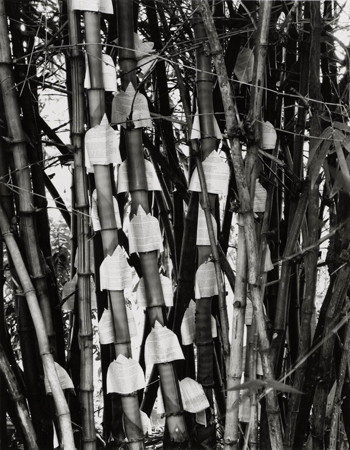
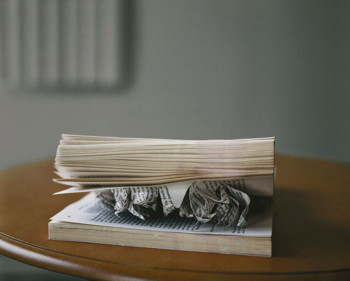
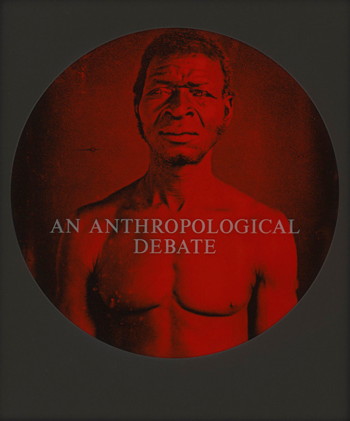
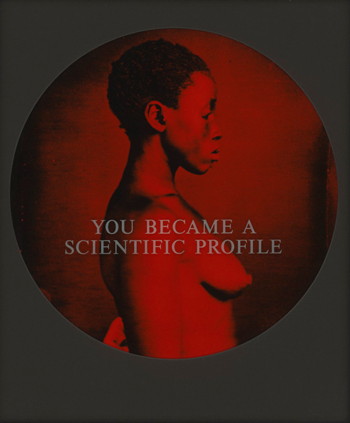
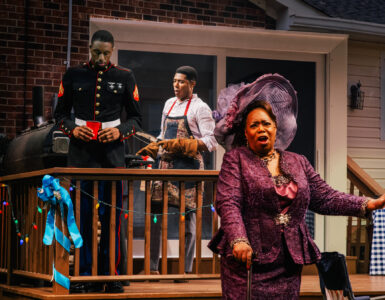
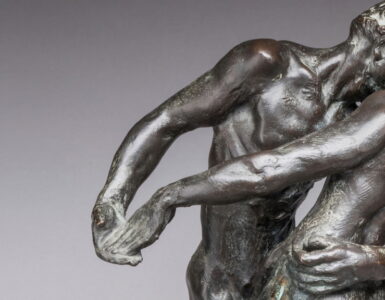
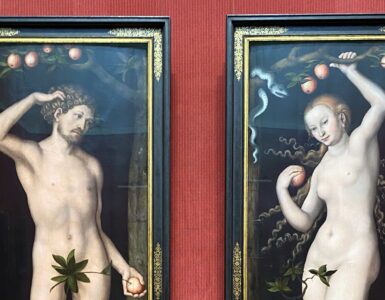


[…] and Photography complements the exhibition Narrative Interventions in Photography, on-view at the Getty Center through March 11, […]